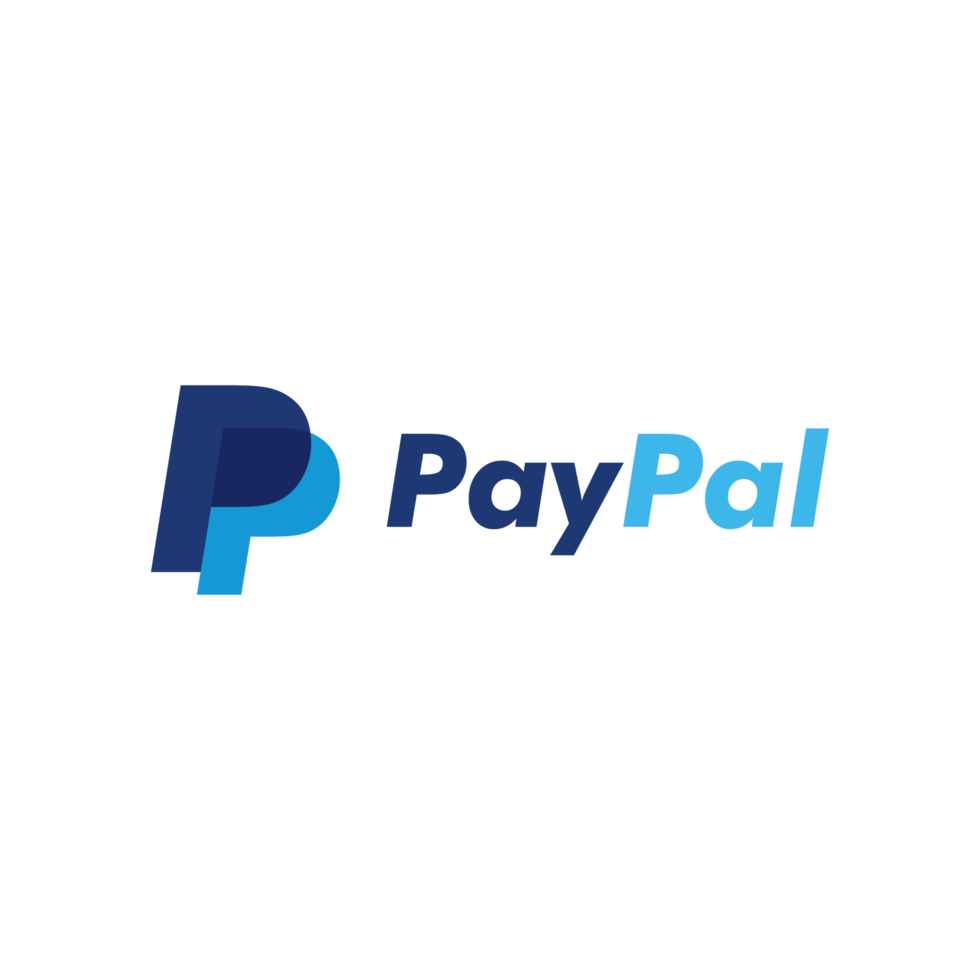PayPal: The Evolution of a Digital Payments
PayPal, a name synonymous with online payments today, has a fascinating origin story rooted in the tech boom of the late 1990s. It began as a combination of two separate projects that merged into a revolutionary platform, fundamentally changing how money is transferred and managed online.
Origins and Founding
PayPal’s creation traces back to December 1998 when Max Levchin, Peter Thiel, and Luke Nosek founded Confinity. Initially, Confinity aimed to develop software for Palm Pilots that would enable users to store encrypted information on their devices. However, the company quickly shifted focus to a more ambitious idea: a digital wallet system allowing users to send and receive payments securely via email. This pivot laid the groundwork for what would eventually become PayPal.
Around the same time, in March 1999, Elon Musk founded a company called X.com, an online banking company. Musk had grand plans for X.com to become a full-scale online financial services platform, encompassing everything from checking accounts to insurance. However, X.com’s most promising feature turned out to be its money-transfer service, similar to what Confinity was working on.
Merger and Growth
In March 2000, recognizing the potential synergy between their ventures, X.com and Confinity merged. Initially, the newly formed company retained the X.com name, with Elon Musk serving as CEO. However, there were internal disagreements about the company’s direction, particularly concerning the focus on email payments. These disagreements led to Musk being ousted as CEO in October 2000, with Peter Thiel taking over.
Under Thiel’s leadership, the company decided to focus entirely on the online payments business, which was quickly gaining traction. In 2001, the company was officially rebranded as PayPal, and it began expanding its user base rapidly. This growth was fueled by the burgeoning e-commerce sector, particularly on eBay, where PayPal quickly became the preferred method of payment. PayPal’s ease of use and security features resonated with both buyers and sellers, helping it to dominate the market.
IPO and Acquisition by eBay
PayPal’s success culminated in its initial public offering (IPO) on February 15, 2002. The IPO was a resounding success, with the company raising $61 million and its stock price rising by over 55% on the first day of trading. This success caught the attention of eBay, which had been relying heavily on PayPal as a payment method on its platform. Recognizing the strategic importance of controlling its payment system, eBay acquired PayPal in July 2002 for $1.5 billion in stock.
Following the acquisition, PayPal became the de facto payment system on eBay, which significantly boosted its user base and revenue. The company continued to grow and innovate, introducing new features such as mobile payments and expanding into international markets. By leveraging eBay’s massive user base, PayPal solidified its position as the leading online payment platform.
Spinoff and Continued Expansion
In 2014, after years of operating as a subsidiary of eBay, PayPal was spun off into an independent publicly traded company. This move allowed PayPal to focus on its core business without being tied to eBay’s operations. As an independent entity, PayPal pursued aggressive expansion strategies, acquiring several companies to broaden its offerings, including Braintree (which owned Venmo), Xoom, and iZettle.
PayPal’s growth has been driven by its ability to adapt to changing technologies and consumer behaviors. It has evolved from a simple email-based payment system into a comprehensive digital payments platform that includes peer-to-peer payments, merchant services, and even cryptocurrency transactions. Today, PayPal operates in over 200 markets worldwide and boasts hundreds of millions of active users.
Legacy and Impact
The creation of PayPal not only revolutionized online payments but also played a pivotal role in the broader development of the fintech industry. It provided a secure, easy-to-use platform that facilitated the growth of e-commerce and made online transactions accessible to a global audience. Many of PayPal’s founders and early employees, often referred to as the "PayPal Mafia," went on to become influential figures in the tech industry, founding and leading companies such as Tesla, LinkedIn, and YouTube.
PayPal’s story is a testament to the power of innovation, strategic pivots, and the importance of timing in the tech world. From its humble beginnings as a digital wallet for Palm Pilots to becoming a global leader in digital payments, PayPal has left an indelible mark on the financial landscape.


